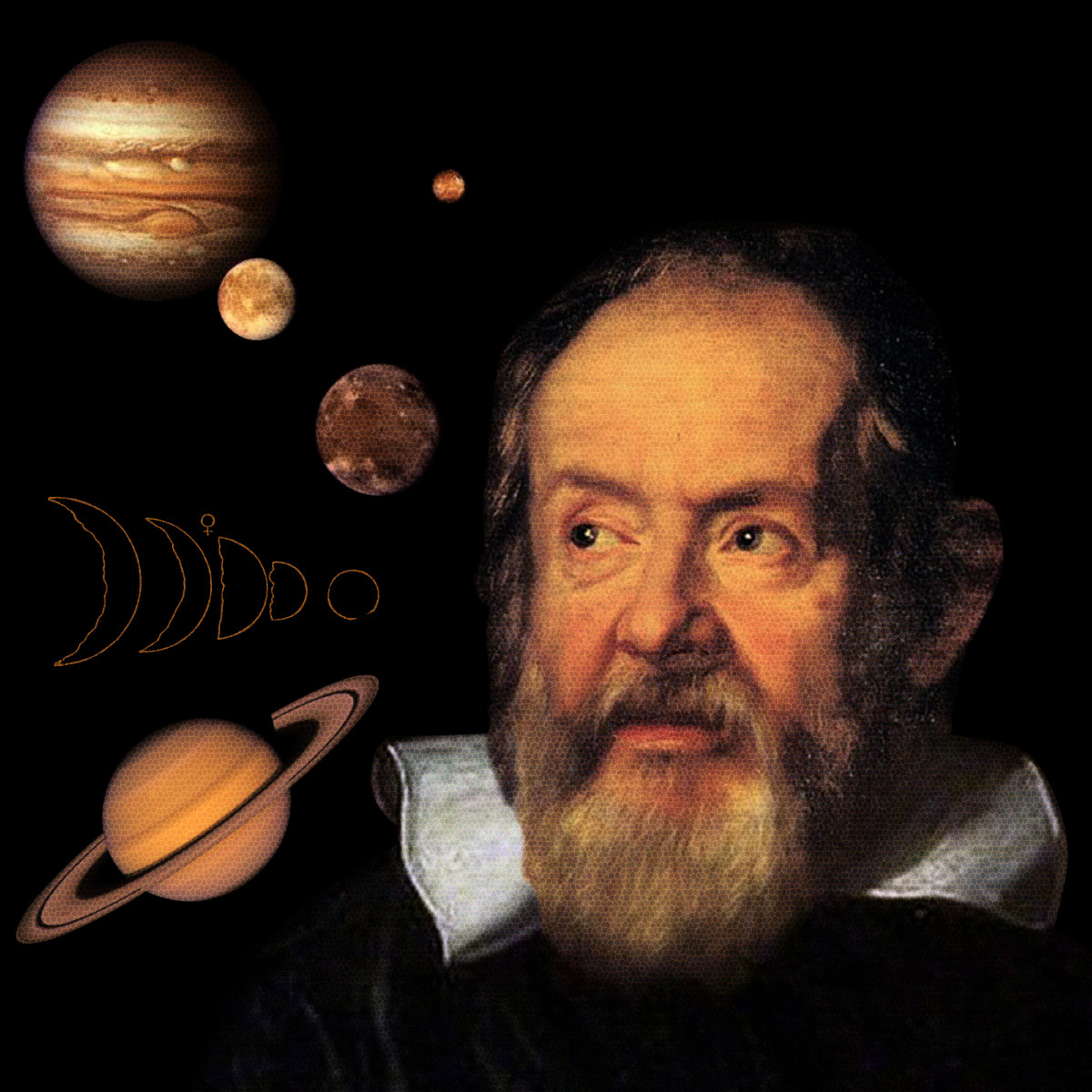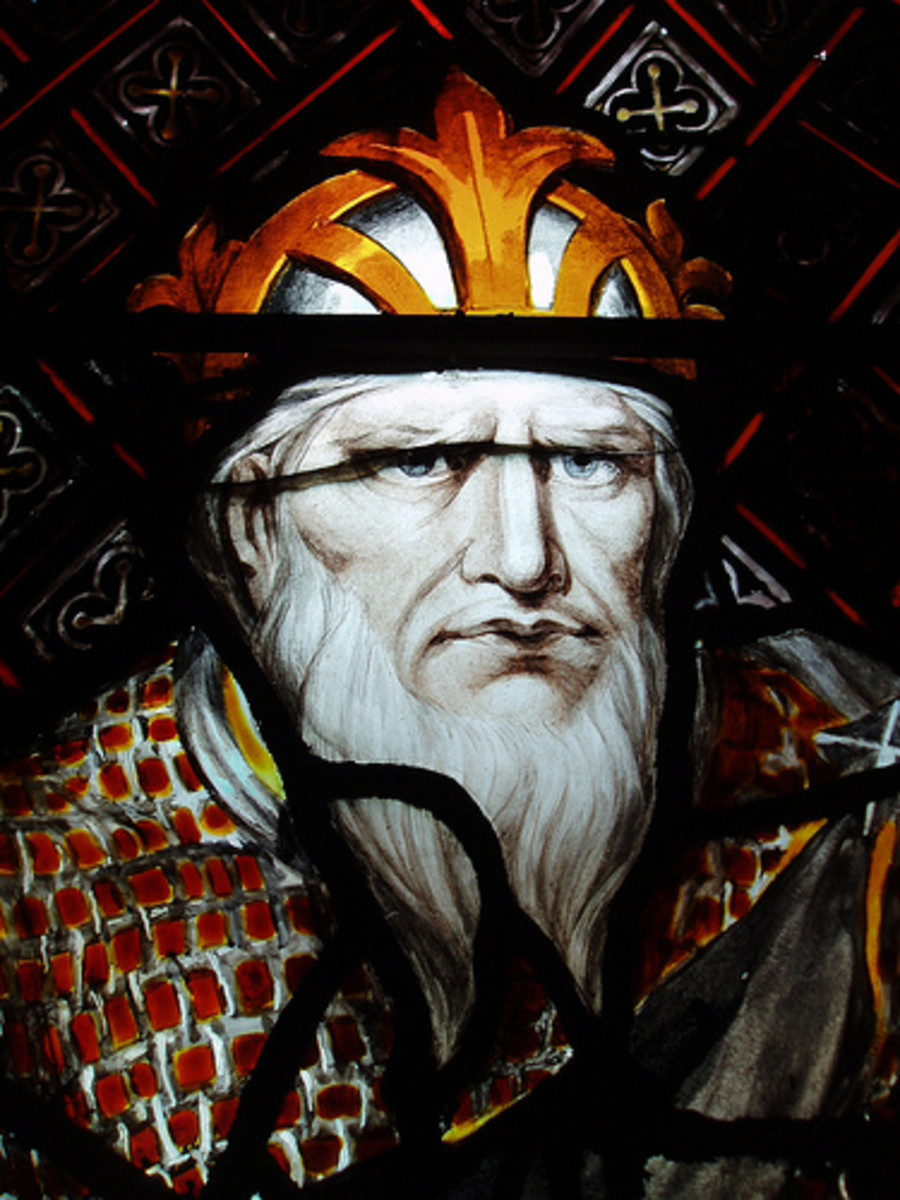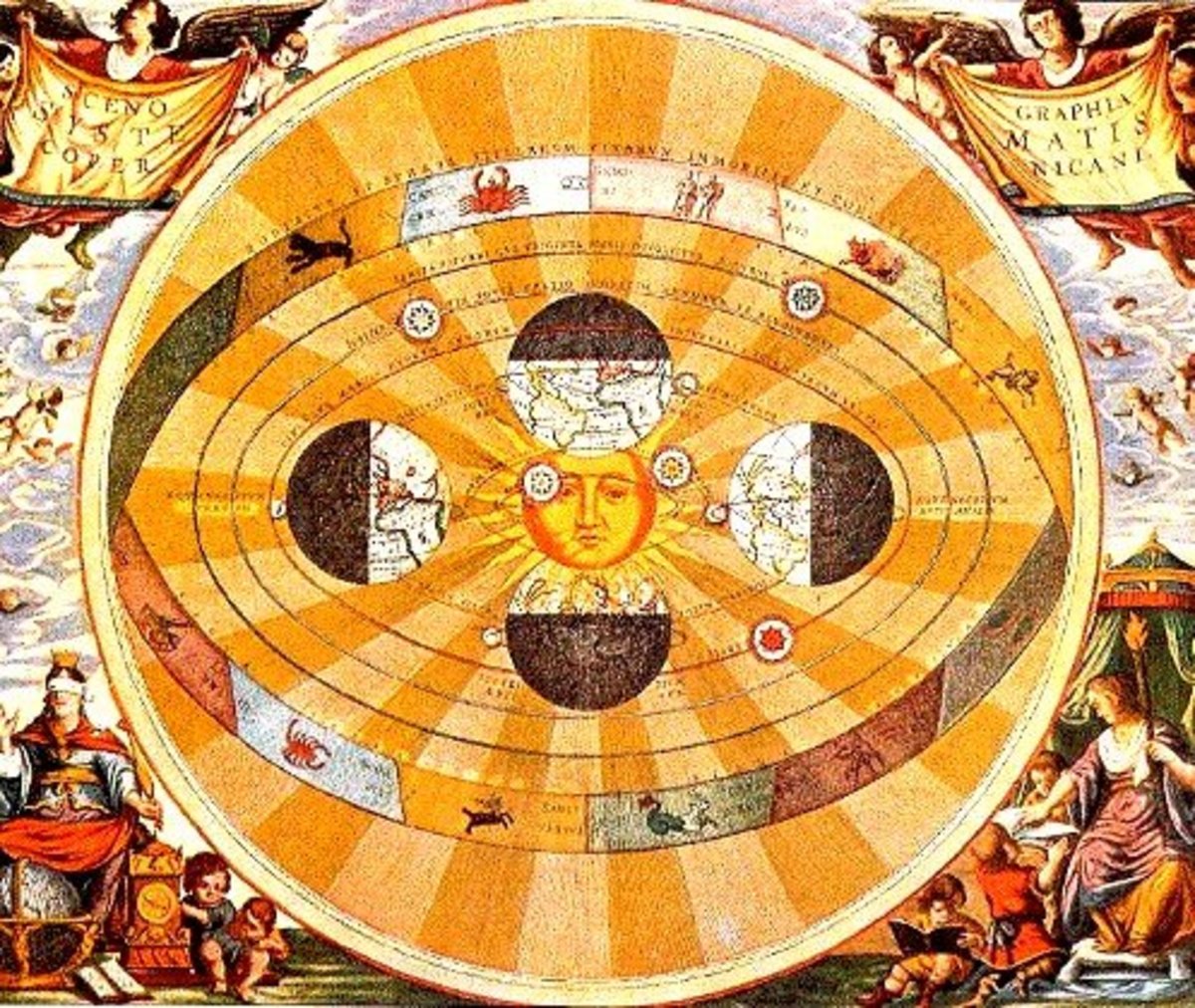- HubPages»
- Education and Science»
- History & Archaeology»
- Major Inventions & Discoveries
Galileo and The Church: Early Modern Tensions between Science and Religion
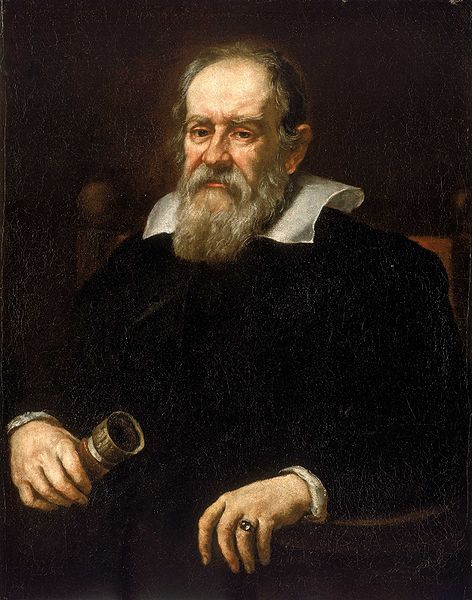
Galileo Galilei is most known for being the first to collect and relay evidence in support of Copernicus’ notion of a heliocentric solar system, as opposed to the Church’s conception of a geocentric universe, which it supported through an imperfect marriage between the Ptolemaic and Aristotelian theories as well as corresponding Scriptural documents. The resulting conflict between Galileo’s findings and the teachings of the Church is far too nuanced to be interpreted as a simple matter of science versus religion. The essence of the conflict between Galileo and the Church was not that Galileo was attempting to subvert the institution of Christianity with his scientific discoveries; it was that Galileo’s findings called for reinterpretations of the Bible that the Church was unwilling to concede to. The Church decided to condemn Galileo rather than consider and reconcile with the implications of his findings, but this was not in their best interest because science was rapidly developing at this time and was becoming ever more capable of proving its theories with quantifiable data. Science was growing as the dominant authority on the natural world, and it was in the best interest of the Church to concede to this authority and focus on its function as a primarily spiritual authority.
The conflict between Galileo and the Church began when Galileo began observing the sky. The telescope was invented by Hans Lippershey, a Dutch spectacle maker, in 1608,(Langford 39) but it was not until Galileo constructed his own, more powerful, telescope a year later and pointed it toward the sky that its astronomical potential was fully realized (Wiedhorn 37). His findings were incongruous with the philosophical and religious tradition that preceded him. He discovered that the surface of the moon was flawed with valleys and mountains, which suggested that the moon had a composition much like that of Earth, and was not made out of the perfect element of quintessence that was previously accepted (Langford 39). He also discovered four satellites revolving around Jupiter, (Langford 40). which significantly undermined the Aristotelian notion that everything revolves around the earth (Weidhorn 32). It was his study of the movement of sunspots that eventually cemented Galileo’s support for the Copernican notion of a heliocentric solar system (Weidhorn 33).
As a result of the discrepancy between the Copernican view advocated by Galileo, and the Aristotelian view advocated by the Church, Galileo was met with strong theological opposition:
A number of statements in the Scriptures, taken in a literal sense, were seen to conflict with the claims of the Copernicans that the sun was immobile at the center of the universe, and that the earth was endowed with a twofold movement, one of diurnal rotation and the other of annual revolution around the sun. (Wallace 292)
The religious essence of the geocentric notion that the earth remains still in the center of the universe is upheld on the presupposition that God had set up the earth as a special abode for mankind in a place where he could focus his undivided attention (Langford 53). There is a multiplicity of scriptural substantiation for this notion, consider the following examples: “The Lord is king, in splendor robed; robed is the Lord and girt about with strength; And he has made the world firm, not to be moved” (Ps. 92:1) (Langford 52-3) and that God “fixed the earth upon its foundation, not to be moved forever” (Eccl. 1:5) (Langford 53). In Galileo’s time, Aristotle and Ptolemy’s theories regarding the basic structure of the universe had been put together somewhat inconsistently and out of context in order to match them up with what scripture seemed to suggest (Langford 23). Naturally, Galileo’s scientific findings and corresponding Copernican hypothesis caused a great deal of tension with the time-honoured philosophical and religious traditions adhered to by the Church.
Galileo's Moon Phase Drawings
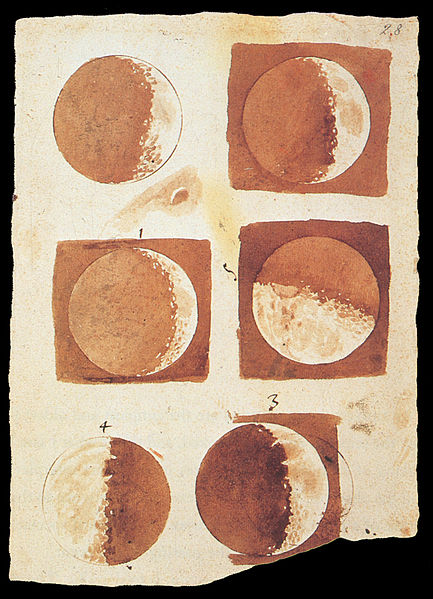
It is important to put this tension into context. Science and religion were not separated in Galileo’s time as they are now; they were tied with one another in many ways as harmonious elements of the intellectual world. “As part of that grand unification, in which astronomy was subordinate to the needs of religion, the Church had bought into the Aristotelian-Ptolemaic system” (Weidhorn 54). Therefore, the Church had authority over Galileo’s astronomical theories, which were difficult to reconcile with Scripture. Cardinal Bellarmine aptly expresses the Church’s sentiments in the following excerpt from his letter to Paolo Foscarini in 1615:
To affirm that the sun really is fixed in the center of the heavens and only revolves around itself without traveling from east to west, and that the earth is situated in the third sphere and revolves with great speed around the sun, is a very dangerous thing, not only by irritating all the philosophers and scholastic theologians, but also by injuring our holy faith and rendering the Holy Scriptures false. (Langford 60)
One of the most important factors to consider while discussing the tension between Galileo’s science and the teachings of the Church is that theologians at the time made the erroneous assumption that the Bible held scientific authority (Langford 53). In fact, Galileo remained a devout Catholic throughout the conflict; he did not even sympathize with the Protestant reformers (Drake 71). The true essence of his conflict with the Church was scriptural interpretation, “the Biblical commentators had to revise their interpretation of in order to yield to the hated new arrival, sensory data” (Weidhorn 55).
One of the reasons that the interpretation of Holy Scripture was such a big deal was the Counter-Reformation of the Catholic Church. They were under attack from dissenting Protestants who claimed that the Catholic Church was neglecting the Bible. In response, the Church “found itself compelled, in self-defense, to harden its ground. Whatever appeared to contradict Holy Writ had to be treated with the utmost caution” (Feldhay 221). The second decree of the Council of Trent’s fourth session (April 8, 1546) is an official response to Galileo’s push for reconciliation between his astronomical findings and Holy Scripture:
No one, relying on his own judgement and distorting the Sacred Scriptures according to his own conception, shall dare to interpret them contrary to the sense which Holy Mother Church, to whom it belongs to judge of their true sense and meaning, has held and does hold, or even contrary to the unanimous agreement of the Fathers. (Feldhay 225)
Clearly, the issue up for debate is not whether or not Galileo’s findings and theories threaten the religious doctrines of the Church, the issue is whether or not his findings are sufficient call for a reinterpretation of long-held deductions regarding the Holy Scriptures upon which Christianity is based.
The ultimate result of the conflict is that Galileo was condemned by the Church: “a group of theological consultors to the Holy Office rendered the judgement on February 23, 1616, that it was ‘formally heretical’ to hold that the sun was immobile at the center of the universe and ‘erroneous in the faith’ to hold that the earth was in motion” (Wallace 295). It was at this time that he was also prohibited from teaching his theories (Weidhorn 33). In 1633, he was tried by the Inquisition and convicted of heresy, which put him under house arrest for the remainder of his life (Weidhorn 33-4). However, it was ultimately not in the best interest of the Church to condemn Galileo because his astronomical discoveries came just after the Renaissance, when interest shifted to the dignity of the individual and the forces of nature, which resulted in the call for a more secular focus in society, as well as religious reform (Langford 12). Furthermore, university intellectuals were initially on the side of the Church during its conflict with Galileo, but they eventually took to his methods of natural observation (Drake 63), which gradually led to the modern division between science in religion, and the dominance of secular governance in our increasingly globalized society.
Galileo’s groundbreaking study of astronomy came into conflict with the teachings of the Church when it was found that his theories threatened the integrity of the Church’s contemporary set of scriptural interpretations. Galileo was a Christian, he did not seek to undermine the Church, but he asserted that his incontrovertible observations demanded a reinterpretation of Scripture that the Church was unwilling to agree with. Thus, Galileo was condemned by the Church, and this planted the seed of separation between science and religion, ultimately diminishing the authority of the Church in matters of science and government.
Bibliography
Drake, Stillman. Galileo Studies: Personality, Tradition, and Revolution. Michigan: University of Michigan Press, 1970.
Feldhay, Rivka. “Recent Narratives on Galileo and the Church: or The Three Dogmas of the Counter-Reformation” In Galileo in Context, edited by Jürgen Renn, 219–237. Cambridge: Cambridge University Press, 2001.
Langford, Jerome J. Galileo, Science and the Church. New York: Desclee Company, 1966.
Wallace, William A. Galileo and his Sources: The Heritage of the Collegio Romano in Galileo’s Science. Princeton: Princeton University Press, 1984.
Weidhorn, Manfred. The Person of the Millennium: The Unique Impact of Galileo on World History. New York: iUniverse, Inc., 2005.


